ULTRA IN THE PACIFIC
How Breaking Japanese Codes & Ciphers Affected Naval Operations Against Japan
1941-45
John Winton

TABLE OF CONTENTS
I: DISASTER IN THE EAST: PEARL HARBOR AND AFTER
ADMIRAL Nimitz asked me a question, and I would look over there and see four stars. I would answer that to the best of my ability I was sure of my facts, but stressed that they were only deductions. I could not have blamed him if he had not accepted my estimates. I think, looking back, that it was obvious when Nimitz sent for me that he had already decided on his course of action. His operational orders were set and the matter closed. My appearance at this final staff meeting was to ensure that everyone was thinking alike.
So said Captain Joseph J. Rochefort, US Navy, recalling, many years after the war, a meeting held at Pearl Harbor on 27 May, 1942. Rochefort was then a Lieutenant Commander, the head of Station HYPO, the US Navys Combat Intelligence Center, covering the 14th Naval District, based at Pearl Harbor.
Rocheforts audience was a daunting one: Admiral Chester W. Nimitz, Commander-in-Chief, Pacific Fleet, and almost his entire operational staff. The meeting had begun inauspiciously. Rochefort was half an hour late and arrived, dishevelled and bleary-eyed from lack of sleep, to an icy stare from the C-in-C, who did not like being kept waiting. Lieutenant Commander Edwin T. Layton, Nimitzs Intelligence Officer and Joe Rocheforts friend, was looking anxiously at his watch. Several senior staff officers were wearing impatient Come on, convince us expressions.
Rochefort apologized for his lateness, explaining that he had been reviewing last-minute intelligence. Then he began.
What he had to say was nothing less than HYPOs appreciation of the probable Japanese Order of Battle for the major naval operation which everybody knew was now impending in the central Pacific. For weeks past Rochefort and the HYPO staff had been studying decrypts and translation of the Japanese messages which poured in every day from all over the world, analysing traffic patterns, identifying and locating the originators of call signs, weighing up the importance of one message against another.
Joe Rochefort himself had been their guiding spirit and inspiration. He had an amazing memory for names, signals and dates. He never forgot a detail, no matter how unimportant it had seemed at the time. Like Autolycus, he was a snapper-up of unconsidered trifles. He had an eerie knack of putting together seemingly unrelated items of information and revealing their true, unsuspected significance. He could sniff out the enemys long-term intentions with a brilliant sense of intuition which almost amounted to genius.
Rochefort had already decided that the main Japanese objective was Midway, not Hawaii or the Panama Canal, as Washington believed, nor California, as the US Army thought. Now, he told the meeting that the Japanese carriers would probably attack on the morning of 4 June, from the north-west, on a bearing of 325 degrees from Midway. He could even predict where and when they would launch their aircraft: about 175 miles north-west of Midway, at around 0700 local time.
The outcome was that the United States Navy, with the Marines on Midway Island, won a smashing strategic victory, to rank with Salamis and Lepanto. On Sunday morning, 7 June, Nimitz called another staff meeting, to which he again invited Rochefort. This officer deserves a major share of the credit for the victory at Midway, Nimitz told the meeting. The estimate, Nimitz said with a smile, of where and when the Japanese carriers would launch was only five minutes, five degrees and five miles out! Joe Rochefort and his HYPO team had brought off what was arguably the greatest intelligence coup in all naval history.
They also removed for ever any lingering feelings in some quarters of the US Navys establishment that Communications Intelligence, all this electronic spying, was unseemly, where it was not actually a waste of time and effort. Gentlemen did not read each others mail, and, anyway, Who needs all that Comint crap? Much good it did us at Pearl Harbor!
The Japanese air attack on Pearl Harbor on Sunday 7 December, 1941, was a shocking blow to the self-esteem of the entire American nation. There was an understandable desire to hunt down those who were held to be to blame. Admiral Husband E. Kimmel, C-in-C of the Pacific Fleet, and General Walter C. Short, the Army Commander at Pearl Harbor, were obvious scapegoats and were duly treated as such.
Admiral Kimmel took on his shoulders the main burden of responsibility for Pearl Harbor, just as the captain is ultimately answerable for everything that happens to his ship. Immediately after Pearl Harbor, Kimmel said later, I felt that, no matter how hard and how conscientiously I had tried, I had not been smart enough, and to that extent, must accept blame for Pearl Harbor.
However, Kimmel expected to be given another assignment. He certainly did not expect to be so severely criticized by the Roberts Commission that he would feel compelled to offer his resignation by the end of January, 1942. But, as the several seemingly interminable Pearl Harbor enquiries and investigations dragged on over the years, it began to emerge that Kimmel was much more offended against than offending. When he discovered the truth, he was justifiably angry. Since learning that definite information of the Japanese intentions to attack the United States was in the hands of the War and Navy Departments and was not supplied to me, he said in December, 1944, I now refuse to accept any responsibility for the catastrophe.
The truth was that there had been plenty of intelligence in the months before Pearl Harbor which, with hindsight, can clearly be shown to have revealed Japanese intentions. The failure, if it was a failure, was in evaluating that intelligence and thereafter promulgating it to the operational commanders at Pearl Harbor.
Understandably, the feeling of personal failure after Pearl Harbor was especially keen among the naval intelligence community. Layton, who had been Kimmels Intelligence Officer, expected to be relieved and sent back to the States. He asked Nimitz if he could go to sea in command of a destroyer, but Nimitz said, You can kill more Japs here than you ever could in command of a destroyer flotilla. Like other officers at Pearl Harbor, Layton was surprised and grateful to find that Nimitz was not going to carry out a witch-hunt against Kimmels staff.
Rochefort, who had been at Pearl Harbor since June, 1941, also felt personally responsible, believing that it was an intelligence officers purpose to inform his commander of enemy intentions. I took it as my job, he said, my task, my assignment that I was to tell the Commander-in-Chief today what the Japanese were going to do tomorrow.
Station HYPO, the communications intelligence center on Oahu Island, renamed Combat Intelligence Center at Rocheforts insistence for security reasons, was one of three US Navy Communications Intelligence Centers the others being Station NEGAT in Washington DC and Station CAST at Cavite in the Philippines. It had begun as a one-man organization in 1936 and grew steadily to become the CIC of the Joint Intelligence Center, Pacific Ocean Area.
Combat Intelligence eventually had so many meanings it became virtually meaningless. But the CIC was originally intended to obtain information on, and maintain a plot of, all vessels, Allied as well as German and Japanese, in the Pacific. In time, under Captain Rochefort, it evolved into a complex and subtle organization evaluating and interpreting all forms of Radio Intelligence.
Next page




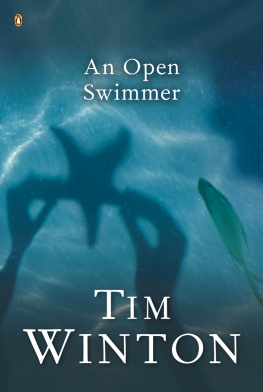
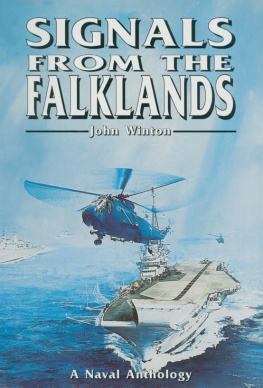
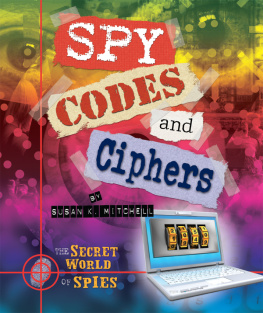
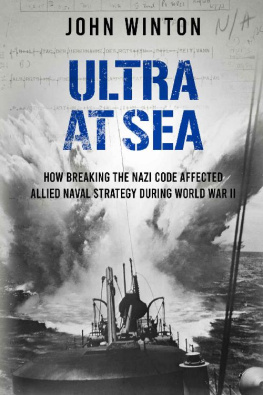
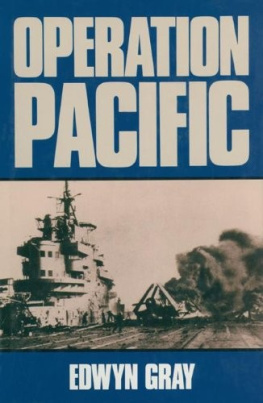

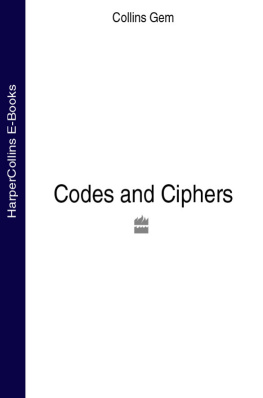

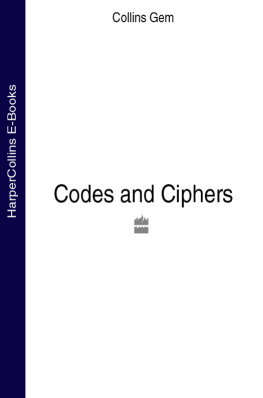
![Lewin - The other Ultra : [codes, ciphers and the defeat of Japan]](/uploads/posts/book/93695/thumbs/lewin-the-other-ultra-codes-ciphers-and-the.jpg)
